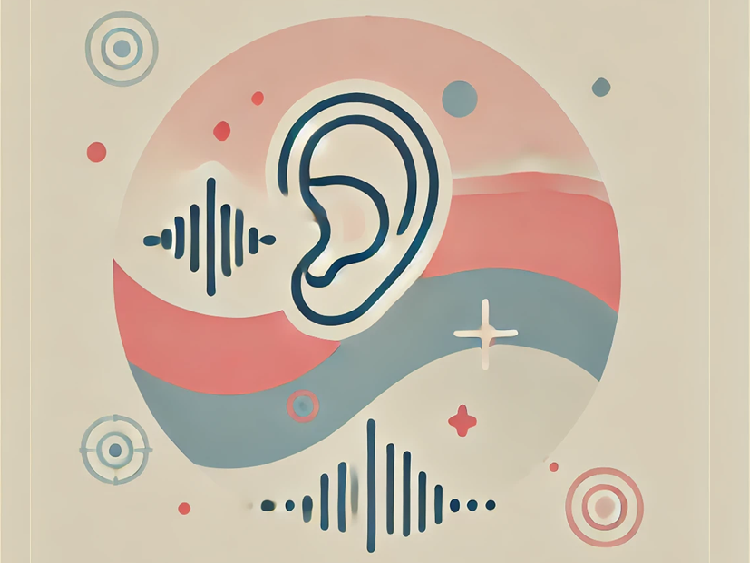Last updated 07-Sep-2024 04:18 PM
Samonas Sound Therapy

Introduction
Samonas Sound Therapy is an auditory-based intervention that uses a range of specially modulated music and sounds to stimulate the brain and nervous system. Developed by Ingo Steinbach, this method aims to improve auditory processing, language development, attention, and overall cognitive function. The therapy leverages high-quality acoustic inputs to train the ear and brain, potentially benefiting individuals with auditory processing disorders, learning difficulties, or even general cognitive performance enhancement.Scheduling: How much time do you need?
The typical schedule for Samonas Sound Therapy involves listening sessions that range from 15 to 60 minutes, depending on the individual's needs and the therapist's guidance. The frequency of the sessions can vary, but it usually involves daily or every-other-day listening over a span of several weeks to months. Consistency is key, and the duration of the program may last anywhere from 3 months to a year, with regular follow-ups to monitor progress.Pros & Cons
Pros:- Non-invasive therapy with no known side effects.
- Customizable to individual needs and challenges.
- Can be done at home with minimal equipment.
- Beneficial for a wide range of auditory and cognitive challenges.
- Requires a significant time commitment over an extended period.
- Results may vary depending on the individual.
- May be expensive depending on the therapist and equipment used.
- Not widely available in all areas, making access difficult for some.
Target Audience: Who can benefit?
Samonas Sound Therapy is beneficial for individuals with a variety of auditory and cognitive challenges, including:- Children and adults with auditory processing disorders.
- Individuals with learning disabilities such as dyslexia.
- Those diagnosed with ADHD or attention challenges.
- People seeking to improve their memory, focus, and overall cognitive abilities.
- Individuals recovering from brain injuries or trauma that impacts their auditory processing.
Exercises: What to do?
During Samonas Sound Therapy sessions, individuals typically engage in passive listening. The exercises are based on specially selected and modulated music tracks that are played through high-quality headphones. The sound tracks are carefully crafted to contain specific frequencies, rhythms, and tonal modulations designed to stimulate the auditory system. Participants simply listen to these tracks, with no active exercises required. Over time, the therapy aims to improve auditory discrimination, focus, and processing skills.References: Who talks about it?
Samonas Sound Therapy has been discussed and researched by various audiologists, occupational therapists, and educators. The method has been featured in research on auditory processing disorders and is recognized by professionals in neurodevelopmental therapy fields. Some key references include:- Ingo Steinbach, the developer of the Samonas method.
- Studies in neuro-auditory interventions and cognitive rehabilitation programs.
- Therapists and educators who specialize in sensory processing and auditory therapies.
Cost: How much do you need to spend?
The cost of Samonas Sound Therapy can vary significantly depending on several factors. For an at-home program, you might expect to pay between $500 to $2,000 for the equipment, music library, and initial assessment. Working with a therapist can increase the costs, ranging from $1,000 to $5,000 over the course of several months, depending on session frequency and location. Some programs also offer payment plans or rental options for the equipment.. . .
Comments (0)
Your email address will not be published. Required fields are marked *
